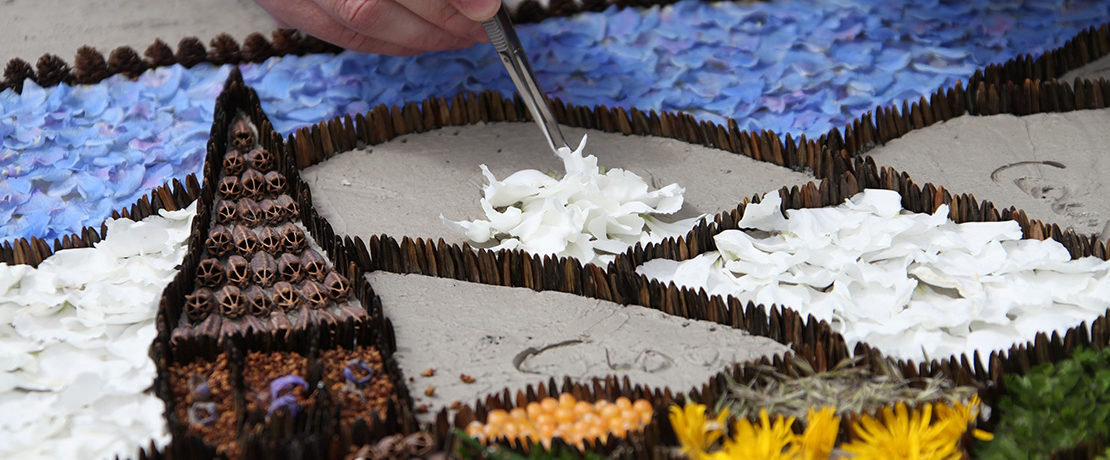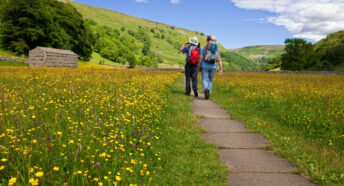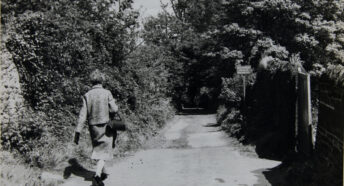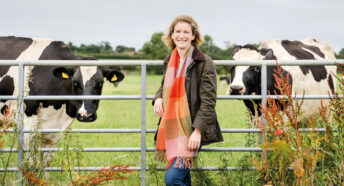Well dressing: an ancient art
If you visit a village in Derbyshire or Staffordshire during late spring or summertime, you may stumble upon the ancient custom of ‘well dressing’.
Well dressing? We’ll explain. It’s a countryside tradition where local people gather together to create intricate pictures, formed from plants and flowers, to decorate the village spring or well.
The exact origins of well dressing have been lost over time, but it’s thought that the custom may have found its start in a pagan ritual of leaving gifts thanking the local water gods for the continued supply of fresh water.
What started out as being a simple offering of flowers grew more elaborate when the custom was revived by the Victorians and well dressings were created depicting popular stories from the Bible.
These days, the subject matter has diversified a bit. You’ll now find dressings featuring a variety of different subjects, From well-loved characters such as Winnie the Pooh and Beatrix Potter’s creations to the thoughtful marking of anniversaries of meaningful events like the World Wars.
Constructing the masterpiece
Well dressings are made using wooden frames packed with clay, in a process known as puddling. These are then decorated with natural objects including moss, beans, seeds, cones, twigs, berries and, most importantly, flower petals which give the pictures their colour and detail.
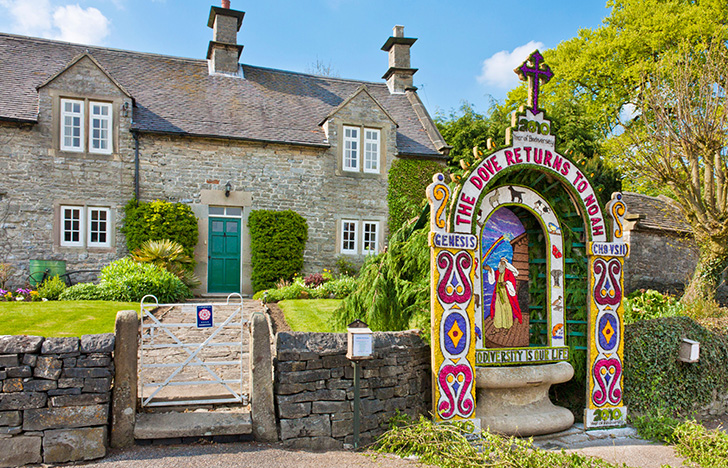
The heavy wooden boards are often left to soak in the village stream. This stops the clay cracking (try saying that after a summer Pimms), and keeps everything moist to help the display last longer and the petals stay brighter.
The boards are then packed with very smooth clay. This is where the experienced well dressers come in, as it’s important to get the clay the correct wetness to stop it falling off the boards or being too dry to hold the petals.
It’s a real ‘village affair’ as everyone gets involved in collecting the materials from their gardens to make the picture. The dressing is typically made over a few days by a team of people, and once the outline of the picture has been transferred to the clay, local schools or community groups get involved in the ‘colouring in’. This is done by pressing the objects into the clay using a tool such as a toothpick.
Blessed dressings
Once in place by the spring or well, the dressings, typically poster-sized so they can be enjoyed from a distance, are blessed by a church official. This marks the start of village celebrations, with parades, maypole dancing and the crowning of a carnival queen and her attendants. It’s a chance for communities to come together and a fun day out for visitors.
In the historic town of Bakewell, famous for its puddings, the blessing of the well dressing is the start of a week-long celebration with events for everyone. There’s a raft race down the River Derwent – a rite of passage for many local children and teenagers – a race around town where teams of two compete to be the fastest to have a drink in each pub whilst pushing each other in a wheelbarrow (which can get messy: don’t try this at home, folks..).
The festivities come to a head on the first Saturday in July with the carnival parade with day-trippers coming from far and wide to join in the fun.
But you don’t have to visit Derbyshire to enjoy well dressings, you could give it a go yourself (a more compact version of course). It’s fantastic fun for young and old alike and an opportunity to get out into your garden and the surrounding countryside to collect the natural materials you need.
Always remember to follow the foragers’ rules – know what you’re picking, only take common species and leave plenty behind for wildlife! You can find a handy guide to making your own small well dressing on the RHS website. We’d love to see your creations, so don’t forget to tag us if you share them on social media.
Here’s a few of the villages in the Peak District that celebrate this custom. If you’ve taken part, or want to share your own local well-dressing festivities, let us know!
Bakewell Road Well Dressing – Matlock
Peak Forest Well Dressing – Buxton
Aston on Trent Well Dressing – Aston on Trent
Tapton Lock Well Dressing – Tapton Lock, Chesterfield
Upper Langwith Well Dressing – Upper Langwith, Mansfield
